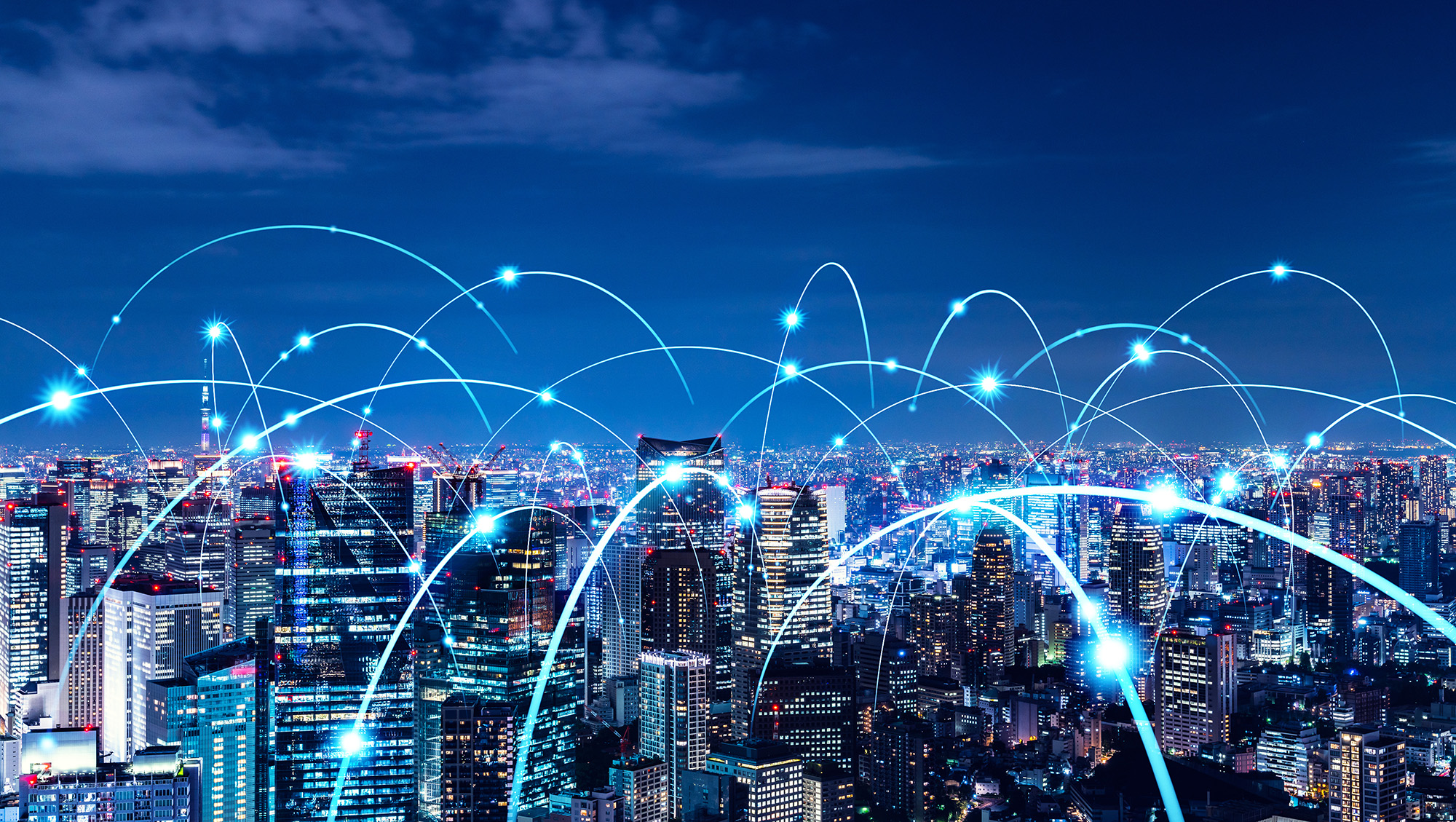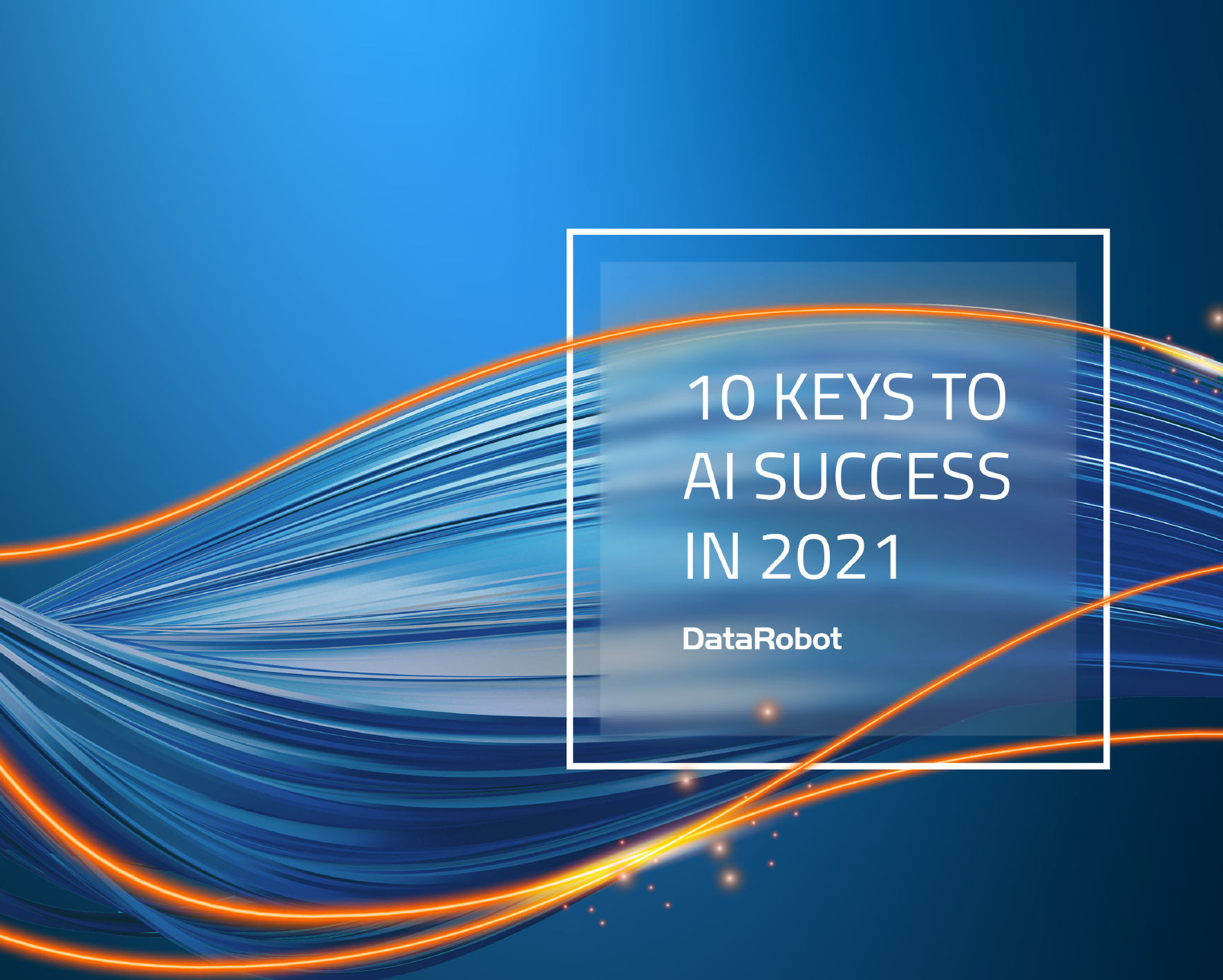How smart city tech could help us return to ‘normal’
IoT, 5G and big data will be critical to our post-pandemic recovery


This article originally appeared in Issue 14 of IT Pro 20/20, available here. To receive each new issue in your inbox, click here.
RELATED RESOURCE

While many industries ground to a halt as a result of the coronavirus pandemic, with its ensuing lockdown restrictions and social distancing requirements, digital innovation has accelerated significantly. The development of smart cities, in particular, has gained momentum during the past 12 months, with recent research showing the size of the industry is set to double from $410.8 billion in 2020 to $820.7 billion by 2025 as a result.
COVID-19 has undoubtedly emphasised the importance of technologies such as big data, 5G, location-based services, geo-tagging services, beacon technology, and VR/AR. While many have championed the use of these technologies for many years due to the value smart cities can deliver to both local governments and their citizens, others are now recognising the technologies’ potential to lead us out of the coronavirus crisis and initiate a return to something resembling normal.
This potential has already been demonstrated. In Singapore, for example, the government used smart facility management, the Internet of Things (IoT), and surveillance to create advanced, safe, and liveable urban environments during the pandemic. In South Korea, meanwhile, the country’s smart city data hub system allowed health officials to conduct advanced contact tracing using data from cameras and other sensors.
While a return to ‘normal’ working life won’t be coming for some time yet – office-based staff have been advised by the government to work from home where they can until at least late June – many are likely already feeling uneasy about the prospect of a busy commute at rush hour or sharing a workplace with multiple other people.
It’s clear that upon a return to work, changes need to be made in order to not only prevent the spread of illnesses but also to make people feel comfortable with leaving their now all too familiar home office.
Many believe that smart city technologies will be critical to this transition, and as other countries have demonstrated, the ‘new normal’ will demand much greater emphasis on initiatives like data-driven community health surveillance and smart and sustainable infrastructure, not just to facilitate a return to normal, but to ensure we are resilient to similar crises.
Get the ITPro daily newsletter
Sign up today and you will receive a free copy of our Future Focus 2025 report - the leading guidance on AI, cybersecurity and other IT challenges as per 700+ senior executives
Alicia Asin, IoT expert and Smart Cities World Advisory Board member, tells IT Pro: “The past year has changed the perspectives of governments and municipalities, which now realise that there is a need to make the cities they manage much more sustainable and liveable for their citizens and that they can achieve these changes using smart technology.”
Sensing change
With the majority of employees continuing to work from home, the COVID-19 pandemic has undoubtedly changed our traditional view of the workplace and it’s likely that these workplaces will look very different when – and if – we return.
Not only will businesses likely adopt a hybrid approach – with a select few employees working from the office, while the rest remain remote – but many also look set to adopt new technologies in order to ensure offices remain safe, even after the current pandemic has passed.
Paul Kostek, senior IEEE member and advisory systems engineer at Base2 solutions, expects this technology to take the form of IoT sensors that can monitor employees’ temperature before they enter the building as well as ensure there is adequate ventilation.
“In response to the pandemic, sensors may be installed at entryways to determine whether employees are running a temperature – with others installed in dining areas, break rooms and restrooms to monitor people throughout the day,” Kostek tells IT Pro.
“Employees can expect to see sensors installed by air vents in buildings to measure airflow and provide feedback on the need to increase or decrease flow. Closed-loop systems that recycle air will need sensors to monitor the air quality and ensure pollutants or airborne viruses are not spread. For buildings with opening windows, sensors can also be used to measure airflow.”
It’s unlikely to be just workplaces that adopt these kinds of technologies as a result of the pandemic, as local authorities are also likely to deploy IoT networks in order to better understand how their cities are impacted and in order to improve their pandemic responses.
Ben Pocock, IoT product specialist at IoT and smart city operator Connexin says: “During the pandemic, we’ve seen an increase in organisations looking to deploy IoT networks to accelerate smart city deployment, with Newcastle being the most recent example.”
He continues: “Authorities have a duty to create places where people thrive, businesses are attracted, and educational attainment is high.” Data-driven societies, he says, are the key to enabling citizens to engage and make informed choices, adding that “smart networks are the natural choice for this and will be prevalent more than ever post-pandemic”.
“Understanding datasets within a city will allow local authorities to better plan and adapt to changing behaviour and demand, such as increased footfall, demands on waste, traffic routes, and so on,” Pocock says.
Going underground
The pandemic has also made it abundantly clear that conventional mobility needs to be re-imagined. It's likely that employees will be less than enthusiastic about travelling to their workplace on cramped trains and buses with little to no ventilation, and with most having worked remotely for the past 12 months (or more, by the time lockdown fully lifts), questions will no doubt be raised about what travel is really essential.
The use of contactless technologies on transit networks, which was already slowly being encouraged in some locations, is likely to gain much greater traction following the pandemic, bolstered by technologies such as mobile and account-based ticketing and fare payments as a service models.
For passengers, this goes beyond simple contactless mobile ticketing and means using smart cards or mobile passes that can be integrated into third-party apps like Transit, Uber or Citymapper to simply tap and ride, while account-based ticketing ensures they are charged the best possible price for their journey.
Others, however, think we’ll be seeing a more futuristic approach to transportation going forward. Kevin Curran, IEEE senior member and professor of Cyber Security at Ulster University, tells IT Pro: “In the future, we will need to allow ‘smart cars’ to become more integrated with national intelligent transport infrastructures and systems, to ensure vehicles will be able to operate more safely and efficiently. Satellite navigation and traffic signal control systems will ensure vehicles know when to stop, slow down and speed up as well as identify hazards in good time.
“This basic communication will ensure better traffic management and drastically reduce the number of accidents. Ultimately, the roads beneath us will communicate with smart cars, most likely through indestructible sensors embedded within the road.”
Surveillance state
While “surveillance” is a word most often associated with government snooping and Orwell’s 1984, in many places around the world it’s proved critical in responding to the pandemic. China, for example, has integrated surveillance networks and kept transmissions at a relatively low level, while Western democracies have led a more policy-driven and human engagement approach which, by comparison, has been less successful.
Tony Porter, chief privacy officer at Corsight AI and former government surveillance camera commissioner, believes that adopting surveillance technologies could have a myriad of benefits for cities across the world.
“Facial recognition can undoubtedly provide transport solutions in smart cities; reducing the need perhaps for cash transfer, recognising authorised travellers, alerting (with the aid of heat sensors) possible health threats. With the help of IoT, big data and AI, cities can perform continuous monitoring, as well as enhance decision making and inform key decision-makers on pertinent facts.
“Using the best and most powerful technology as a force for good and enhancing public wellbeing is required. For example, face recognition technology to support compliance where masks need to be worn, alongside interconnected systems communicating, keeping traffic moving and making the commute a more safe experience for all.
“We must have confidence that our law-makers can create a set of rules and regulations that enable our world-class technology industries to provide software that supports communities but doesn't spy on them.”
Surveillance could also be used in the workplace to ensure employees are following mandated health and safety guidance. For example, mask-wearing will likely be enforced in some workplaces once a return to the office is on the cards, and cameras could ensure that staff are sticking to the rules.
Carly Page is a freelance technology journalist, editor and copywriter specialising in cyber security, B2B, and consumer technology. She has more than a decade of experience in the industry and has written for a range of publications including Forbes, IT Pro, the Metro, TechRadar, TechCrunch, TES, and WIRED, as well as offering copywriting and consultancy services.
Prior to entering the weird and wonderful world of freelance journalism, Carly served as editor of tech tabloid The INQUIRER from 2012 and 2019. She is also a graduate of the University of Lincoln, where she earned a degree in journalism.
You can check out Carly's ramblings (and her dog) on Twitter, or email her at hello@carlypagewrites.co.uk.
-
 Bigger salaries, more burnout: Is the CISO role in crisis?
Bigger salaries, more burnout: Is the CISO role in crisis?In-depth CISOs are more stressed than ever before – but why is this and what can be done?
By Kate O'Flaherty Published
-
 Cheap cyber crime kits can be bought on the dark web for less than $25
Cheap cyber crime kits can be bought on the dark web for less than $25News Research from NordVPN shows phishing kits are now widely available on the dark web and via messaging apps like Telegram, and are often selling for less than $25.
By Emma Woollacott Published